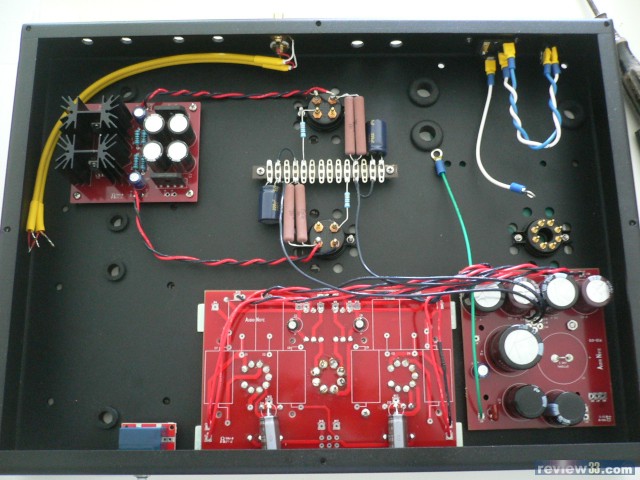

This is vastly different from the davul, which is made from a thick shell. The long drum can be made in a variety of different ways but is most typically constructed from a hollowed-out tree trunk. In Africa, the indigenous population took the basic idea of the davul – that is, a two-headed cylindrical drum that produces a deep sound when struck – and both increased the size of the drum and changed the material from which it was made, leading to the development of the long drum. This long reach meant that many aspects of Ottoman culture, including the davul and other janissary instruments, were likely introduced to other parts of the world. Īt its peak, the Ottoman Empire stretched from Vienna down to northern Africa and most of the middle east. In Ottoman society, davul and shawm players would perform together in groups called davul-zurnas, or drum and shawm circles. For example, davuls were a major aspect of Turkish folk dances. The davul, however, was also used extensively in non-military music. This practice does not seem to be limited to just the Ottoman Empire, however in Egypt, drums very similar to davuls were braced with cords, which allowed the Egyptian soldiers to carry them during military movements.

This made it easier for the soldiers to carry their instruments from battle to battle.

The Ottoman janissaries, for example, hung their davuls at their breasts with thick straps. ĭavuls were ideal for use as military instruments because of the unique way in which they could be carried. The military bands of the Ottoman Janissaries in the 18th century were one of the first groups to utilize davuls in their music Ottoman marching songs often had a heavy emphasis on percussion, and their military bands were primarily made up of davul, cymbal and kettle drum players. Because of this unique tone, davuls were used extensively in war and combat, where a deep and percussive sound was needed to ensure that the forces were marching in proper step with one another. When struck, the davul produced a sound much deeper than that of the other drums in existence. To play this instrument, a person would strike the right side of the davul with a large wooden stick, while the left side would be struck with a rod. The heads were stretched over hoops and then attached to a narrow shell. The earliest known predecessor to the bass drum was the Turkish davul, a cylindrical drum that featured two thin heads. Problems playing this file? See media help. In jazz, the bass drum can vary from almost entirely being a timekeeping medium to being a melodic voice in conjunction with the other parts of the set.īass drums have many synonyms and translations, such as gran cassa (It), grosse caisse (Fr), Grosse Trommel or Basstrommel (Ger), and bombo (Sp). A basic beat for rock and roll has the bass drum played on the first and third beats of bars in common time, with the snare drum on the second and fourth beats, called backbeats. In marches, it is used to project tempo (marching bands historically march to the beat of the bass). The bass drum makes a low, boom sound when the mallet hits the drumhead. In many forms of music, the bass drum is used to mark or keep time. The pitched bass drum, generally used in marching bands and drum corps, is tuned to a specific pitch and is usually played in a set of three to six drums.It is struck with a beater attached to a pedal, usually seen on drum kits. The kick drum, a term for a bass drum associated with a drum kit, which is much smaller than the above-mentioned bass drum.The type usually seen or heard in orchestral, ensemble or concert band music is the orchestral, or concert bass drum (in Italian: gran cassa, gran tamburo).Three major types of bass drums can be distinguished. Bass drums are percussion instruments and vary in size and are used in several musical genres. The pitch and the sound can vary much with different sizes, but the size is also chosen based on convenience and aesthetics. Bass drums are built in a variety of sizes, but size does not dictate the volume produced by the drum. The heads may be made of calfskin or plastic and there is normally a means of adjusting the tension either by threaded taps or by strings. The instrument is typically cylindrical, with the drum's diameter much greater than the drum's depth, with a struck head at both ends of the cylinder. The bass drum is a large drum that produces a note of low definite or indefinite pitch. (Individual double-skin cylindrical drums)įour-on-the-floor, a steady beat maintained by bass drum play within typical rock beat ⓘ and alone ⓘ


 0 kommentar(er)
0 kommentar(er)
